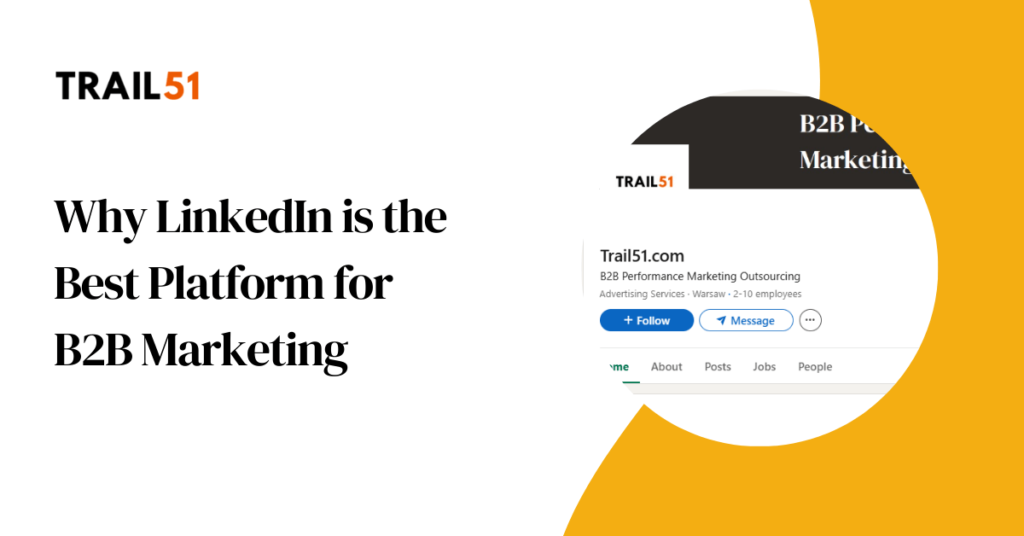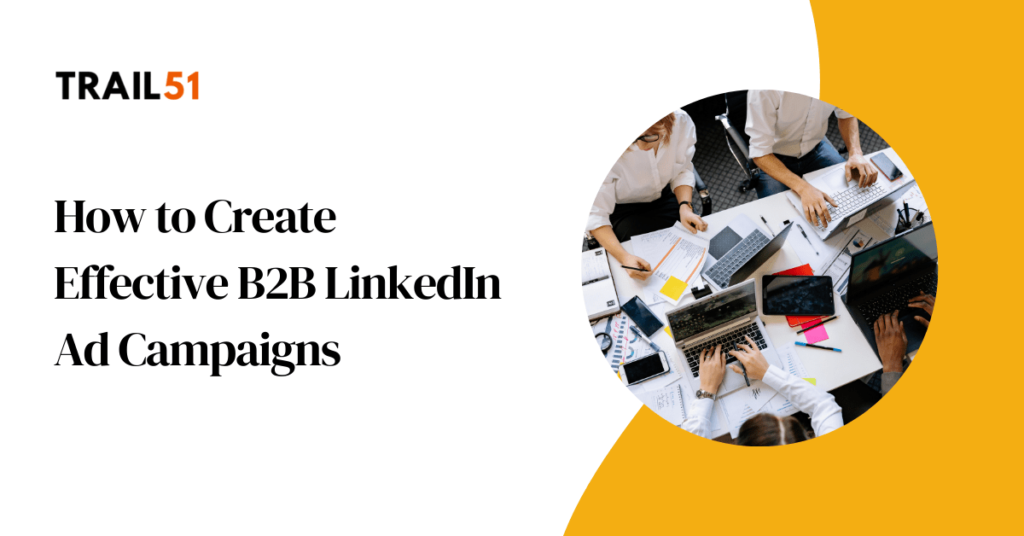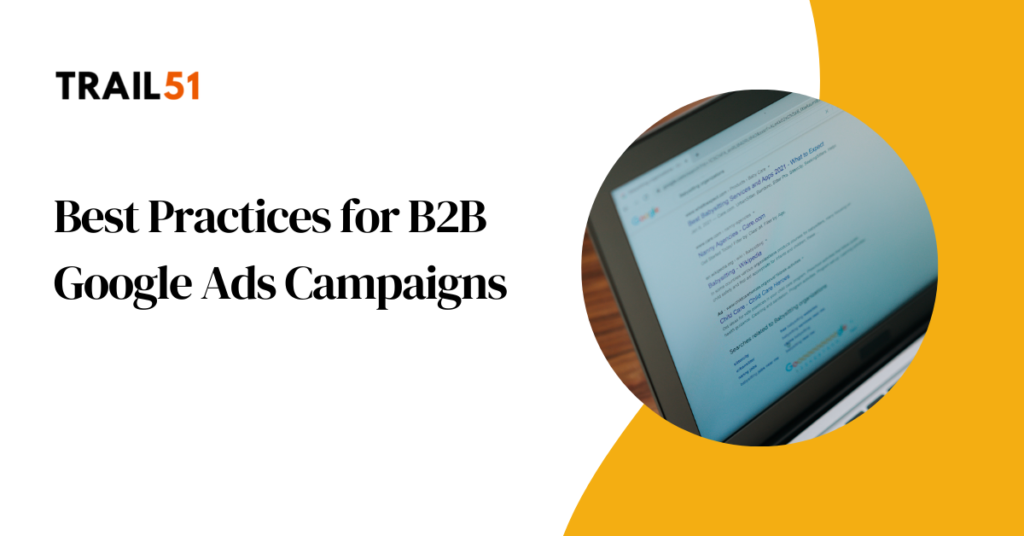Key takeways
- LinkedIn’s targeting options enable precise audience segmentation by industry, company size, job title, skills, and group memberships
- LinkedIn supports full-funnel B2B strategies, from building awareness to generating high-quality leads
- A mix of ad formats—single image, video, carousel, and message ads—lets marketers create tailored campaigns for every stage of the B2B sales cycle.
- Continuous optimization and tracking are essential for achieving high ROI and managing ad fatigue.
Introduction
B2B marketing often involves lengthy decision-making processes and reaching niche audiences. LinkedIn addresses these challenges with its unmatched targeting, professional audience, and versatile ad formats. Let’s explore why LinkedIn stands out as the ultimate platform for B2B marketers.
1. The Power of LinkedIn’s Targeting
LinkedIn’s strength lies in its ability to narrow down audiences with remarkable precision. Unlike other platforms, LinkedIn allows advertisers to target based on:
- Job title (e.g., “CTO” or “Marketing Manager”)
- Industry (e.g., “Education” or “Financial Services”)
- Company size (e.g., company with 51-200 employees)
- Member skills (e.g., “SEO expertise”)
- Group memberships (e.g., “AI Enthusiasts Network”)
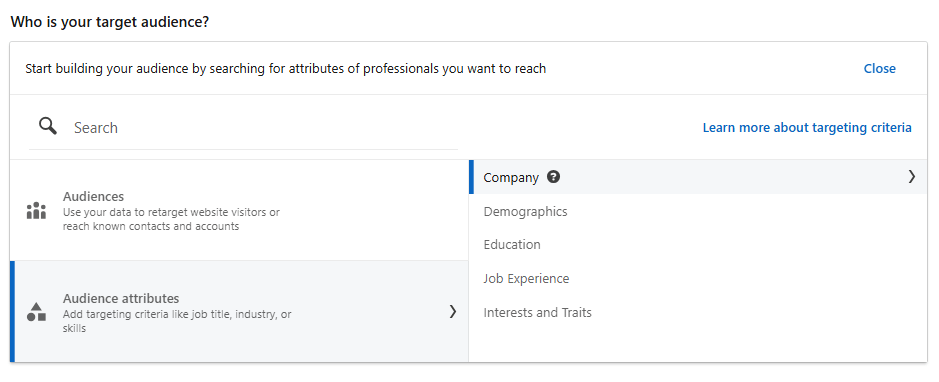
This granular approach ensures campaigns reach decision-makers and influencers within an organization. For instance, if you’re offering HR software, you can target HR leaders in companies with over 500 employees.
2. Understanding the B2B Sales Cycle
The B2B sales cycle is known for being long and complex. On LinkedIn, only 5% of users are actively looking to buy at any given time, meaning 95% need nurturing before they are ready to make decisions.
To stay top-of-mind, focus on educating prospects with content like:
- Whitepapers
- Case studies
- Webinars
These materials build trust and showcase your expertise, ensuring that when the need arises, your brand is the first one they remember.
Summary: LinkedIn’s professional environment aligns perfectly with the extended B2B sales cycle, making it ideal for nurturing leads.
3. LinkedIn Ad Formats and Offers
LinkedIn provides various ad formats to suit different campaign goals:
- Single image ads: Ideal for awareness campaigns.
- Carousel ads: Great for storytelling but may have lower click-through rates.
- Video ads: Useful for retargeting but require captions for effectiveness.
- Message ads: Personalized and effective for warm leads.
- Lead gen forms: Simplify the process of capturing contact details.
Each format caters to different parts of the funnel. For low-awareness audiences, educational offers work best, such as “5-Step Guide to Scaling Your SaaS Business.” For high-demand audiences, direct offers like “Book a Free Demo” perform better.
Summary: Choose ad formats and offers based on audience intent and stage in the funnel.
4. Creating LinkedIn Ads for Your Audience
When designing ads you need to remember about using the platform’s unique professional environment to align your messaging with the needs and challenges of your audience. Every aspect of the ad must focus on delivering relevance, trust, and actionable value.
Start with messaging that resonates with your target audience. For instance, instead of generic statements like “Boost productivity,” address specific pain points such as, “Facing delays in hiring? Discover faster solutions with our platform.” Your messaging should align directly with the professional priorities of LinkedIn users.
Visual content must be tailored to reflect professionalism and trust. Use scenarios or imagery that mirror the day-to-day context of your audience. For example, if targeting mid-sized SaaS companies, incorporate visuals showing collaborative office environments or teams reviewing strategies.
A strong call-to-action (CTA) should explicitly guide the next step—whether downloading a whitepaper or booking a consultation. LinkedIn’s audience appreciates clarity and directness; phrases like “Download the guide” or “Learn more about hiring solutions” work better than overly generic CTAs.
Example: A tailored lead generation ad targeting HR professionals could showcase an image of a streamlined hiring dashboard with the caption: “Overwhelmed by manual hiring processes? Try our automated solution. Download the free guide now.”
Summary: Effective LinkedIn ads seamlessly combine targeted messaging, audience-specific visuals, and clear CTAs to align with the platform’s professional environment.
5. Driving Performance Through Optimization
Start with conversion tracking to monitor the actions users take after interacting with your ad. Whether they sign up, download content, or click through to your site, this data is vital for understanding campaign success.
Tackle ad fatigue proactively by updating visuals and headlines regularly. Use dwell time metric to check if your audience is consistently scrolling past an ad.
Integrate LinkedIn data with CRM systems using Zapier. This enables you to measure ROI accurately and align ad performance with sales metrics. Testing various ad types—single image, video, and carousel—reveals the formats that deliver the highest engagement.
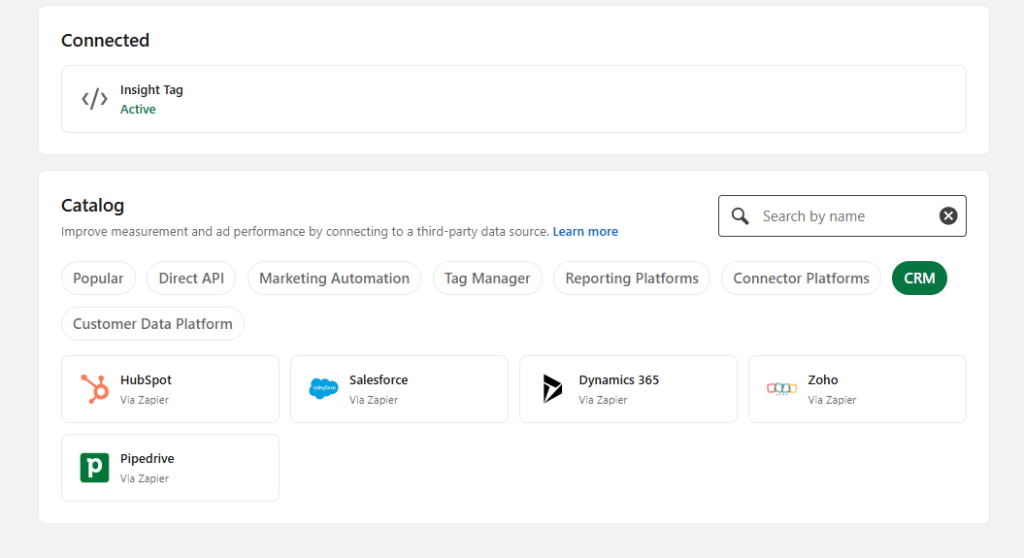
Summary: Consistent analysis and iterative improvements are the cornerstones of a successful LinkedIn campaign.
LinkedIn’s professional audience, advanced targeting, and ad formats cater specifically to B2B needs.
Lead gen forms are the most efficient for capturing contact details directly on LinkedIn.
Use LinkedIn’s conversion tracking and integrate your CRM to measure ROI.
Conclusion
By leveraging LinkedIn’s unique features and following a strategic approach, B2B marketers can achieve unparalleled success. Start optimizing your Linkedin’s campaigns today to transform prospects into loyal customers.

